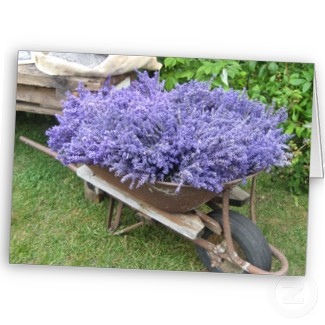Phase one of re-vamping my front garden has been to remove all the grass and take down the tatty old hedge that was between my garden and the other half of my semi- detached house.
I found to my surprise that there was also a rickety old fence behind the hedge.
The hedge was a curious mixture of different plants, and was overgrown and wild. I am aiming for a Japanese inspired look, so have decided to plant a box hedge, with an aim to do some Jake Hobson style cloud pruning when it grows big enough.
It’s been back breaking work removing the turf and taking out the hedge. But now my new hedge is in, I think it’s been worth it.
I bought my box from Hedges Direct. I bought twenty 40-50cm bare root plants as I wanted to put in two staggered rows.
I dug some manure and bone marrow into the ground, and dipped the roots in Rootgrow which is a mycorrhizal funghi which is supposed to help establish strong plants. The plants are looking a little yellow on top because I bought them some time ago and put them (in bundles of 10) in pots of compost until I was ready to plant them. But they were in there for much longer than planned as the weather has been so terrible. I don’t think they loved it!
Anyhow, with the gorgeous weather today, I finally managed to plant them out.
I used 16 of the 20, and have potted up the rest to either have as spares incase any of them fail, or to practice my topiary skills!
I put them about 50cm apart. I’m a bit worried that the rows are too close together, but lets see. I also put some bark chips as mulch around the bottom, to suppress weeds and help keep moisture in.
My plan is to photograph the hedge each month to keep a record of growth.
Here is day one (14th April).


I think it looks cute! What do you think?
2 weeks on (end April), looking a bit bushier and less yellow. I’ve been giving it lots of water as it’s been quite dry lately…


1 month on (11th May).


Quite a bit of new growth on them at the moment. I think I will give it a month and then start shaping them. I bought Jake Hobson’s book the other day and am feeling inspired. Here is an excerpt.
Update – June 9th. 2 months on. Neighbours have also been doing up their garden so it’s all looking quite nice out there.

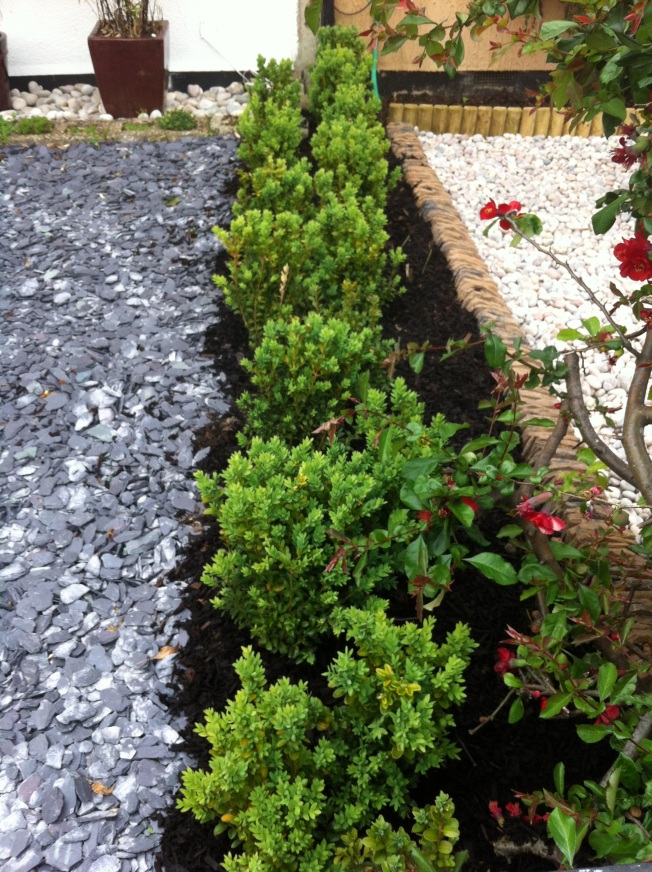

Update 3rd August. Today I added in three of the ‘spare’ plants I had been growing in pots. I wanted to fill some of the gaps.
This is what it looks like now


It definitely needs a trim. And I understand August is a good time to do it, so I’m going to start the cloud pruning process in a couple of weeks, and will post some photos then. I think I can see that some of the plants will make nice little balls, and others are skinnier, and will make good pyramids. Quite excited to have a go.
And here is some inspiration from Nymans Gardens in Sussex. Free form topiary! I think mine have a way to go before I can do this.



And some cute tiny box balls, also at Nymans

Update: end of May 2014. Which means the hedge is just over a year old. This is just after I’ve given it a little trim to encourage them to bush out. I’ve left some of them un-trimmed so that they grow taller and I start getting a cloud pruned shape. I thought it hadn’t grown very much, but looking back at the older photos, it really has!


And two years later. This is June 2015. It’s great to look back and see how much it has come on. It has put in masses of new growth this spring.


And after a haircut:

 I’m still trying to keep with the cloud pruning theme, and not create a boring regular box hedge. So I’ve trimmed them to different heights, and encouraged some to be taller and skinnier than others.
I’m still trying to keep with the cloud pruning theme, and not create a boring regular box hedge. So I’ve trimmed them to different heights, and encouraged some to be taller and skinnier than others.
It’s certainly not quick growing a box hedge from scratch, but worth the wait!!
2016 update – 3 year old hedge. In need of a haircut!


2017 update

I didn’t realise how much it had grown until I looked at last years photo. This is after pruning it. Starting to look a lot more like a hedge (no gaps between the plants now), and I’m continuing to give it an interesting shape by cloud pruning. Much more fun than a boring regular shaped hedge!
July 2020 Update – 7 years old
Thought it was time for an update! The hedge took quite a battering because I had scaffolding up for about 5 months over the winter, and some of the poles were pushing right into the hedge.
I gave it quite a bit of a haircut today. Still keen on the cloud pruning, but need to get back out there and finesse it a bit. When the blister on my hand disappears!













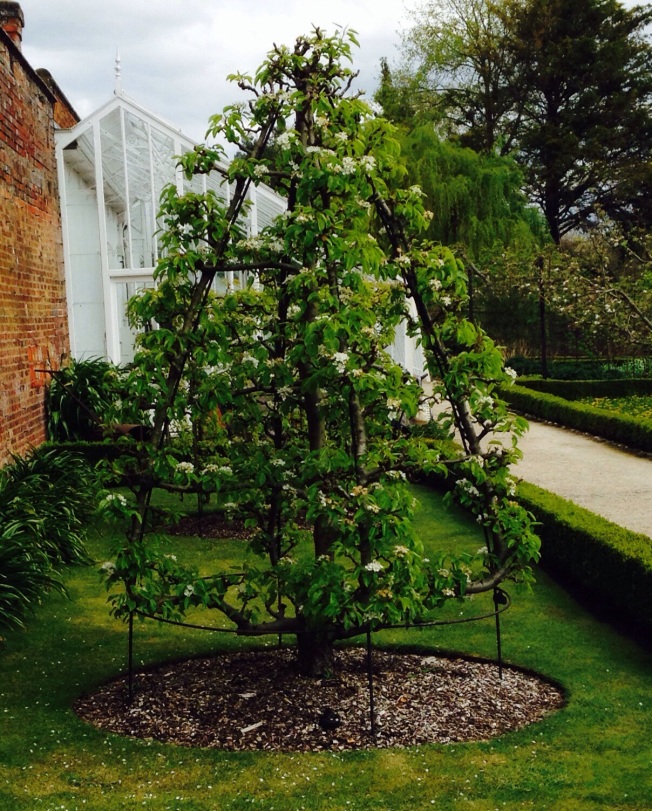

















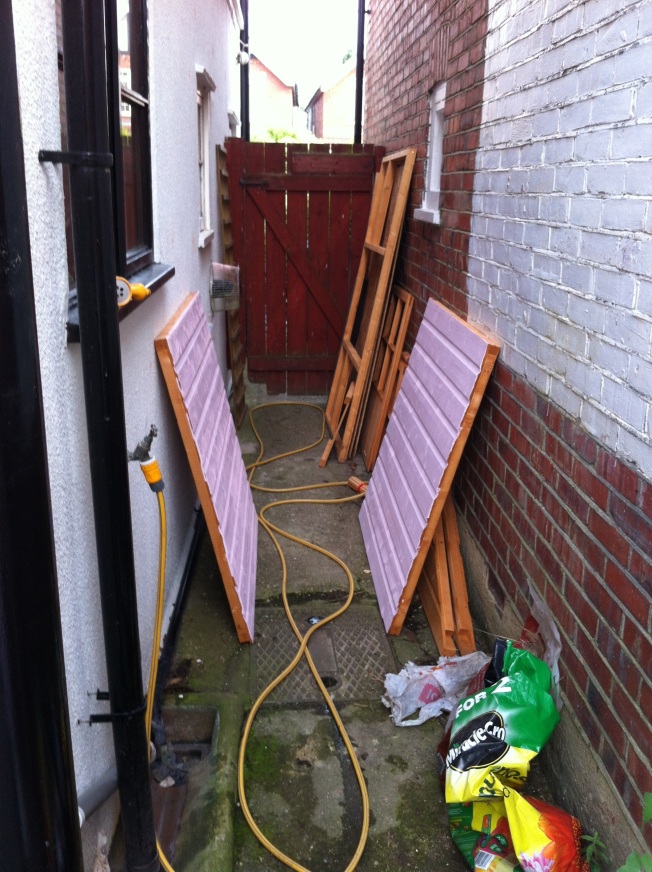








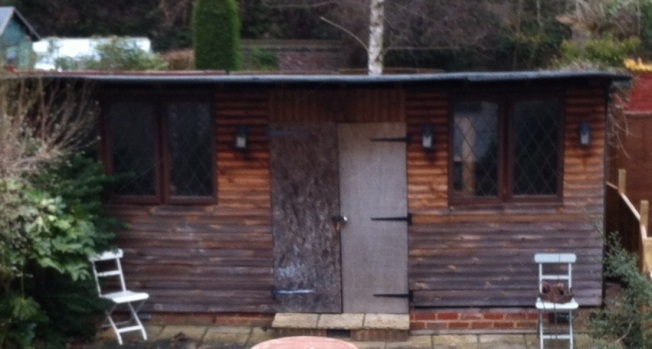







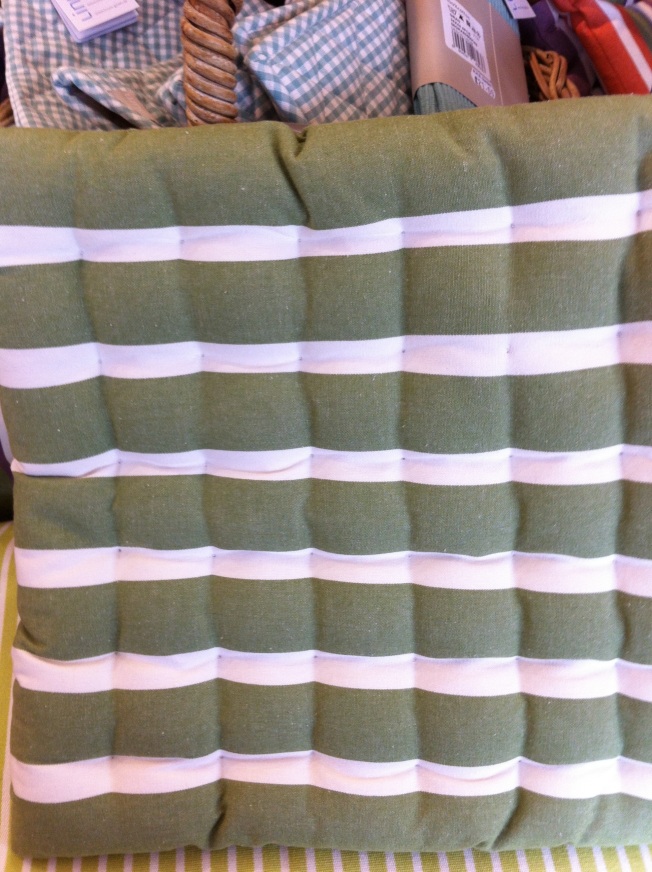


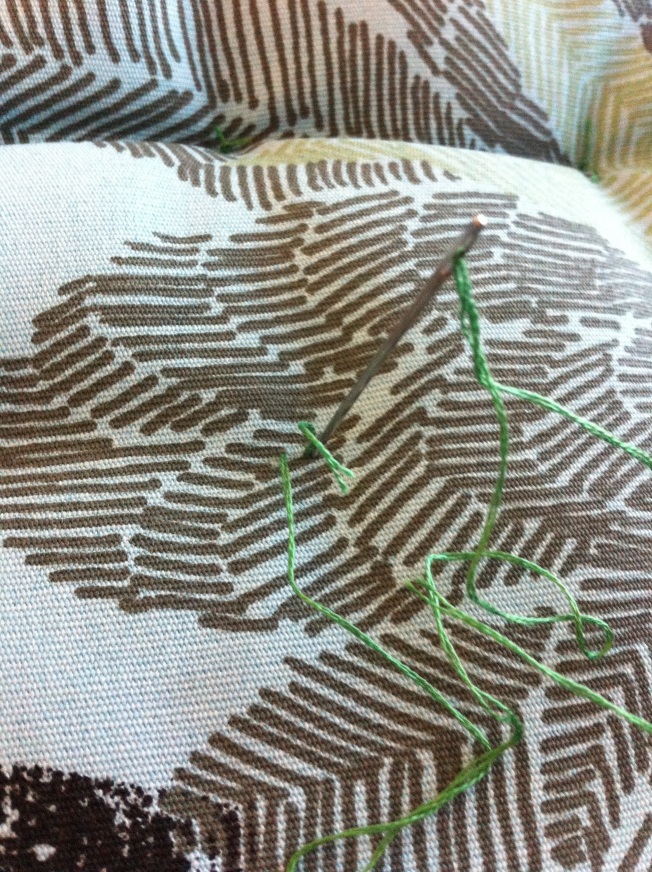
















































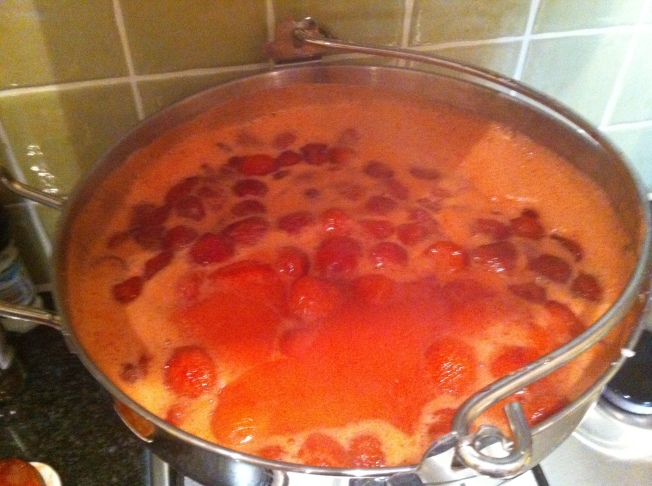






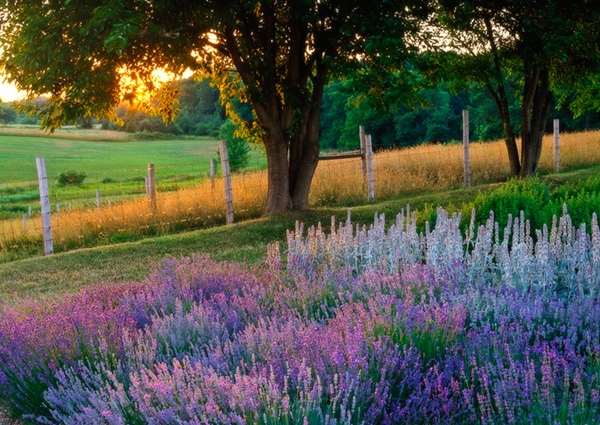 </a
</a
